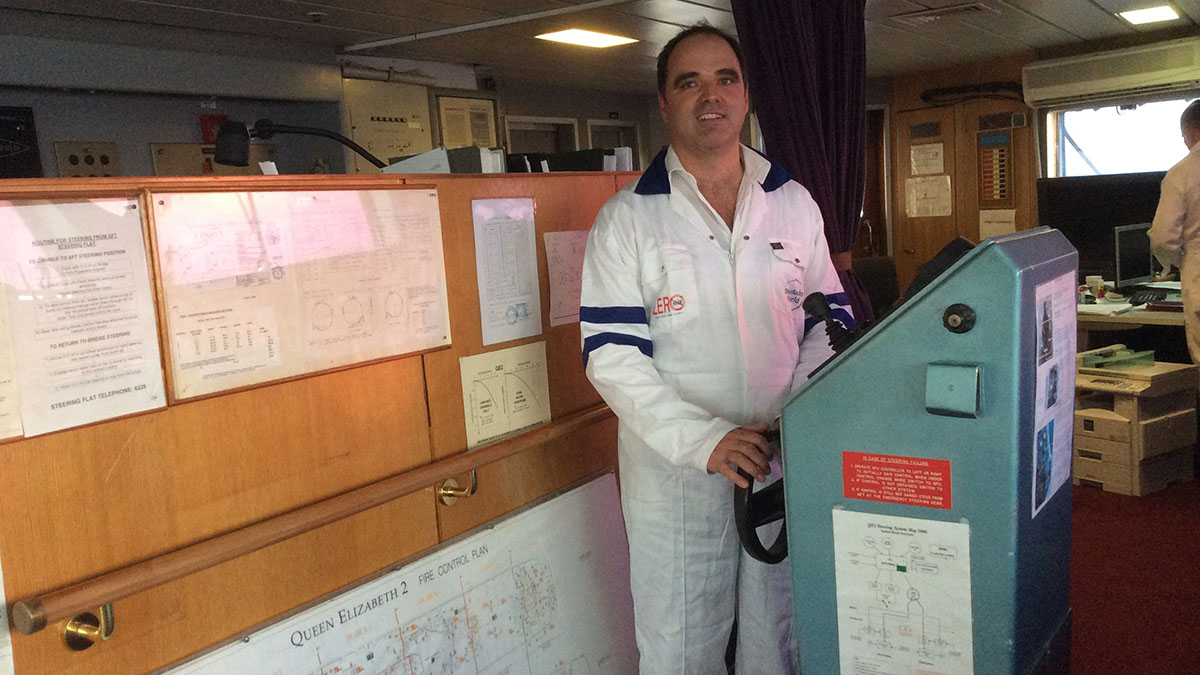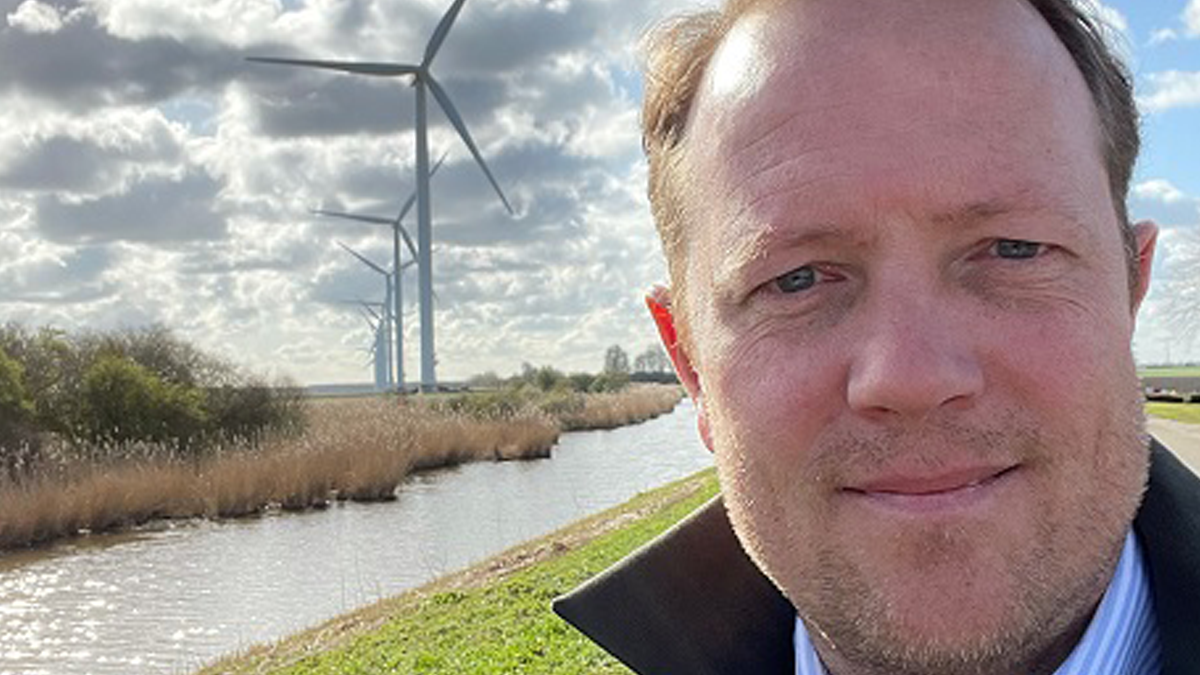Cement and climate change
Each industry is different, but they're all dealing with climate change. What’s happening in cement? Michele Monterosso, global lead of ING’s construction sector, gives his perspective.
What are the trends in the cement industry, and how did Covid-19 change things?
Cement has been – and will remain – the most commonly used man-made material for the foreseeable future, considering population growth and global urbanisation trends. It accounts for around 8% of global CO2 emissions.
In terms of Covid-19, the industry has been resilient to challenges, as most construction sites could remain open or re-start immediately after lockdowns. The pandemic accelerated the focus on environmental and social issues, causing many players in the cement industry to re-evaluate what’s important for society. Climate change and sustainability are now even higher priorities on the agenda of global clients such as Holcim, Heidelberg Cement, Cemex and CRH groups.
What’s needed to decarbonise the cement industry?
It requires large investments in new technologies and innovations, which can only be afforded by the biggest players who are active on a wide geographical scale. These investments don’t have an immediate pay-off and most importantly, they require very disciplined and adequate tracking to make sure they’re doing what’s intended.
But contrary to other sectors that are still fragmented (such as light building materials), cement is characterised by the presence large global players. This means that new technology can be more effective and used more widely, both at a quicker pace.
What are some examples of promising innovations in cement?
Most of the CO2 reductions from the cement industry until 2050 are expected to come from carbon capture and storage. This is central to the decarbonisation strategies of major industry players. Another major driver for building with a reduced carbon footprint is 3D printing, especially in emerging markets where new construction and urbanisation trends are stronger.
Most of our clients are frontrunners when it comes to these innovations. Heidelberg Cement recently pioneered a carbon capture and storage plant in Eastern Europe. And a joint venture they’re involved with provided material for 3D buildings in Germany, which allowed for a 70% lower footprint compared to traditional cement. Our client Holcim helped build the world’s first 3D-printed school in Malawi, where walls could be built in less than a day. That technology is expected to be expanded into infrastructure and civil engineering areas too.
There are also innovations within circular economy, where cement and other building materials can be recycled, and in experimental and increasing usage of other building materials like wood.
What are our relationships with clients like? Are they open to making sustainability changes?
We have strong relationships with clients across the construction value chain and aim to strengthen these with those core clients who are proving their sustainability commitment and investing a good percentage of their turnover in research and innovation.
We’ve recently adopted a more selective approach, where we avoid opportunistic transactions and focus on sustainable finance. This is especially true for clients who are global players capable of pioneering and expanding innovative solutions, while strictly tracking their decarbonisation progress. Our advice ranges from sustainable finance products to long-term and innovative solutions, and clearly advising on setting ambitious sustainability KPIs. But we’re happy to walk away from opportunities if they’re only margin-driven. Ultimately our Terra approach helps guide us as we steer our portfolio to achieve net zero by 2050.
Can you give an example of a deal that illustrates how we’re aligning our portfolio?
We’re particularly proud of our role as ESG structuring advisor and active bookrunner for a €850 million sustainability-linked bond issued by Holcim. This was the first of its kind in the construction value chain and a good example of something tangible to make sure our clients’ commitments are adequately steered and tracked.
I’m also proud of the energy and professionalism of our teams involved in a combined $3.25 billion credit agreement closed just last week with Cemex, which was the first under their new sustainability-linked finance framework. We were sole sustainability coordinator and senior MLA [mandated lead arranger]. Their ambitious KPIs cover net CO2 emissions per ton of cementitious product; power consumption from clean energy sources in cement; and alternative fuels rate.
What kind of sustainability KPIs could be used by cement clients?
The biggest indicator is emission intensity, which is measured by kilos of CO2 emissions per ton of cement produced. The average is currently around 700 kilos of CO2 per ton of cement produced, and most of the leading players, like Holcim and Cemex, recently set their respective targets within the 450 to 500 kilos threshold by 2030. That’s an ambitious level within an intermediate timeframe that is significantly closer than the ultimate net-zero target by 2050.
We see other KPIs gaining significance in the industry such as measuring power consumption from clean energy sources, with goals to reach a level in the 55% range by 2030, and alternative fuels rate, with a target of at least 50% by 2030.
What about risks – what kind are there and what are we doing to manage them?
The construction sector and cement industry are certainly not immune to both physical and transition risks. The main hazards are extreme heat, flooding, drought and wildfires. We already anticipate less appetite for new business with clients that aren’t equipped to face climate risk challenges. And if severe deficiencies are detected while monitoring clients’ measures to manage climate risk, it could lead to ending relationships.
On the other hand, climate change also presents opportunities. Executing new projects, as well as incorporating climate resilience into existing buildings and materials, are expected to improve the ability of cities to withstand and recover from a range of hazards. For example, especially dredging companies and building material providers are expected to benefit from more demand due to the implementation of climate risk measures.
Where does change have to come from – governments, banks, companies, suppliers? Who should play the biggest role?
It should definitely be a joint effort. As a financial institution with a global footprint, ING can play an important role towards decarbonisation. But the real impact comes from strong cooperation and tangible actions, as well as investments by clients in their transition paths. Governments also have a key role to set ambitious targets and provide enough stimulus to accelerate decarbonisation in a coordinated way.




